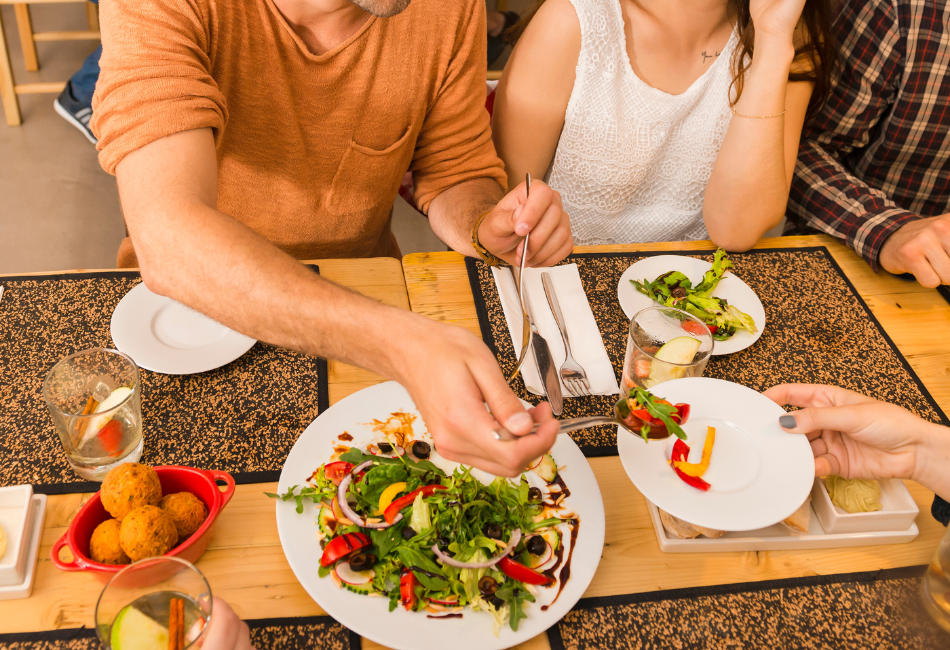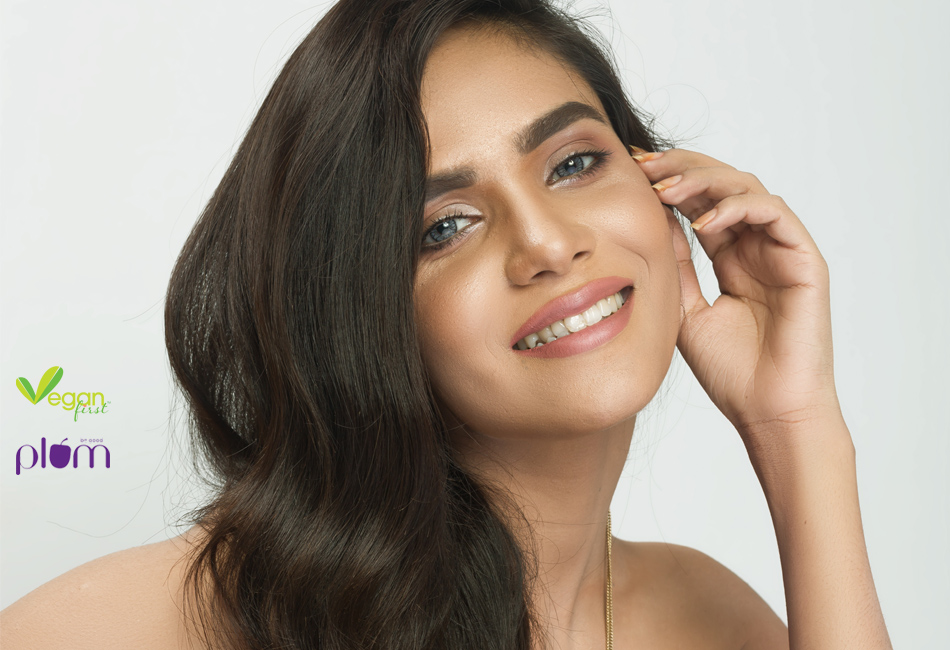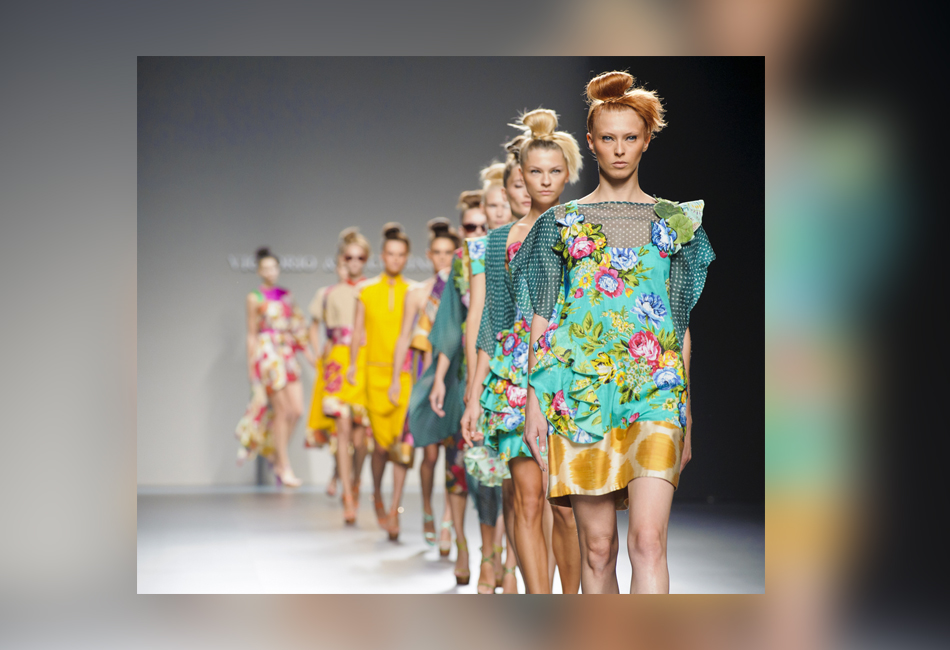Download Free Vegan Starter Kit -
_(5)4.png)
Why You Should Purge Your Closets Of Cashmere and Pashmina
Cashmere and Pashmina are the cream of the crop when it comes to winter wear. Soft and smooth to touch, the fabric is featherlight, yet keeps you warm – one of the reasons why it’s prized (and pricier!) than chunky cotton sweaters.
As luxurious as they may feel, Cashmere sweaters and Pashmina shawls have a complicated, cruel journey to your closet – and we’re here to tell you why they are best avoided.
Where Does Cashmere Come From?
There’s a reason why Cashmere is the way it is – lightweight yet very, very warm. It’s because those fine hairs were never intended to for humans – they are the protective down that keeps mountain goats warm!
Cashmere comes from Cashmere goats that live in the mountains of Jammu & Kashmir, China and Mongolia. These goats produce a double fleece that consists of fine, soft undercoat of hair mingled with a straighter and much coarser outer coating called guard hair.
Since they don’t have much fat on their bodies, this double coat is what keeps them warm in high altitudes.

Pashmina Goats In Kashmir
The Real Cost Of Your Shawl Or Sweater
The average Cashmere goat is capable of producing 80-170 grams of fibre per year – so it would take 1 goat roughly 4 years to produce enough hair to make a sweater.
When you factor in the numbers – it takes the wool of 2-3 Cashmere goats to make 1 scarf – you can imagine how many animals are tortured in a year to produce the millions of sweaters that you see on the racks at Marks & Spencer or in a J Crew catalogue.
The Deadly DeHairing Process
The dehairing process is cruel and painful. The fine hairs can be combed by hand or sheared, both of which take away from the goat’s natural insulation leaving them cold and susceptible to illness.
Once they lose the coat that keeps them warm, these goats are defenceless against the biting cold winter the region experiences, where temperatures can drop to 40 below zero Celsius.

A farmer uses a comb to get to the fine hair
image courtesy Bloomberg News
Slaughter For A Sweater
Unfortunately, whether it’s cashmere or pashmina, goats raised for their hair are subjected to dehorning, castration, ear notching – all without anaesthesia. Young goats with perceived imperfections in their coats are slaughtered, as they won’t be able to produce quality fabric.
There Are Alternatives
You don’t have to wear Cashmere (or wool, angora, or mohair, for that matter), to keep yourself warm.
Natural fibres like cotton, cotton hemp and linen can be used to make cardigans and sweaters. Other alternatives include synthetic materials like polyester, polyamide, nylon and rayon. Some cruelty-free fabrics contain a blend of synthetic and plant fibres, and many, like acrylic, are made to look like animal-based fibres.

Acrylic sweater
It's a simple argument. On the one hand, it’s evident that animal cruelty is involved in the production of Cashmere and Pashmina shawls. On the other, there are umpteen plant-based alternatives at our disposal, so purging our closets of animal wool is achievable and accessible.
A quick look at the label will tell you whether the garment is made from plant or animal fibre – so make an informed choice the next time you shop!
Like this?
Read: Why not to wear Brocade Sarees
Read more: The Perfect Rakhi Gift: A Trio of Vegan Lipsticks In A Handcrafted Box!
AUTHOR

trending
Be a Vegan First Informer
Send us buzzworthy news and updates
Explore
Contact Us
About Us
Stay Connected
Copyright ⓒ 2017-2023. VEGAN PASSION PRIVATE LIMITED. All Rights reserved.
For more information, please write to hello@veganfirst.com
Registered Office Address: 55, 2nd floor, lane 2, Westend Marg, Saidullajab, Near Saket Metro Station, New Delhi, Gadaipur, New Delhi South West Delhi, DL

2.png)

.png)
.png)
2.png)
2.png)
2.png)


1.png)






_(5)4.png)

